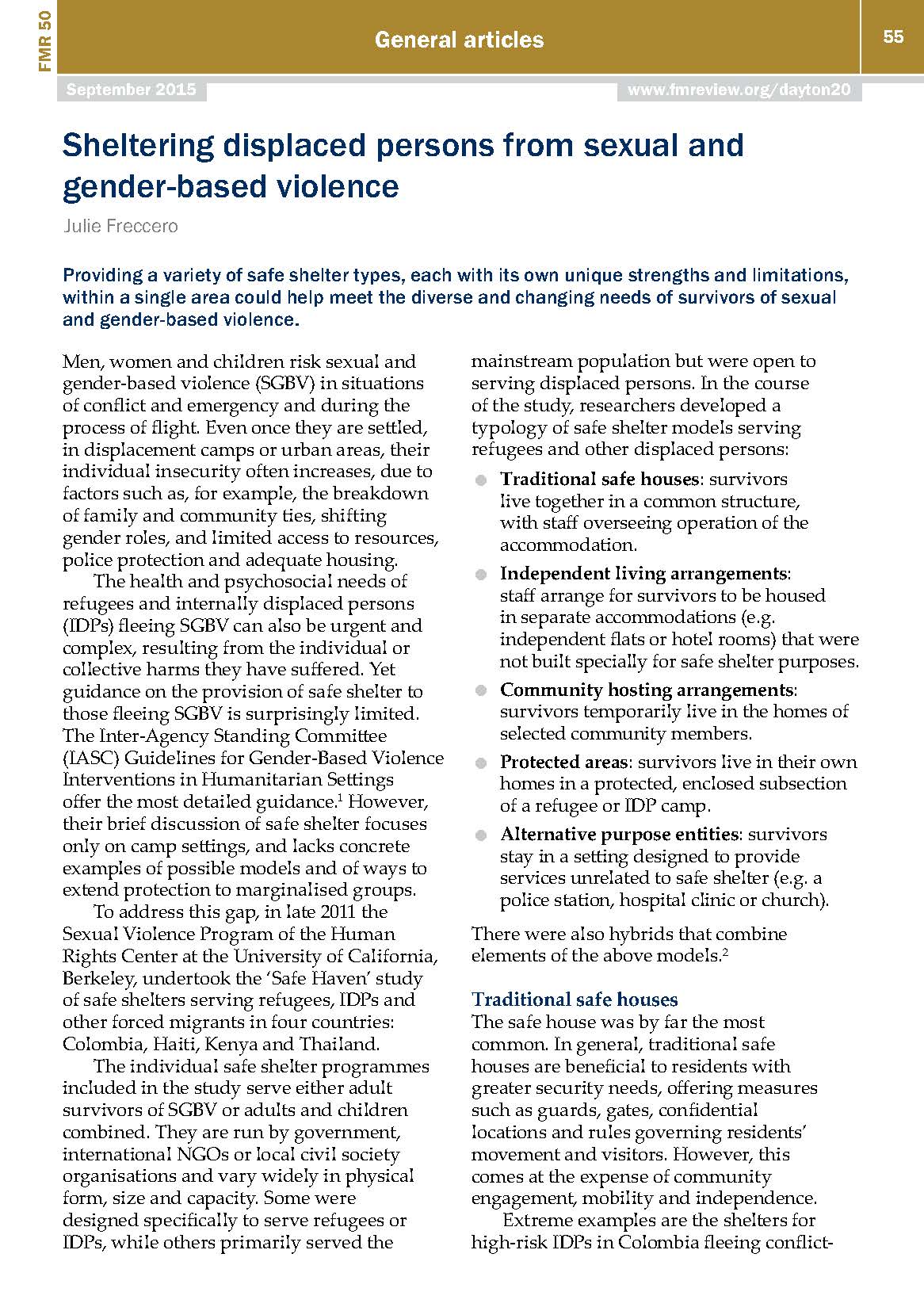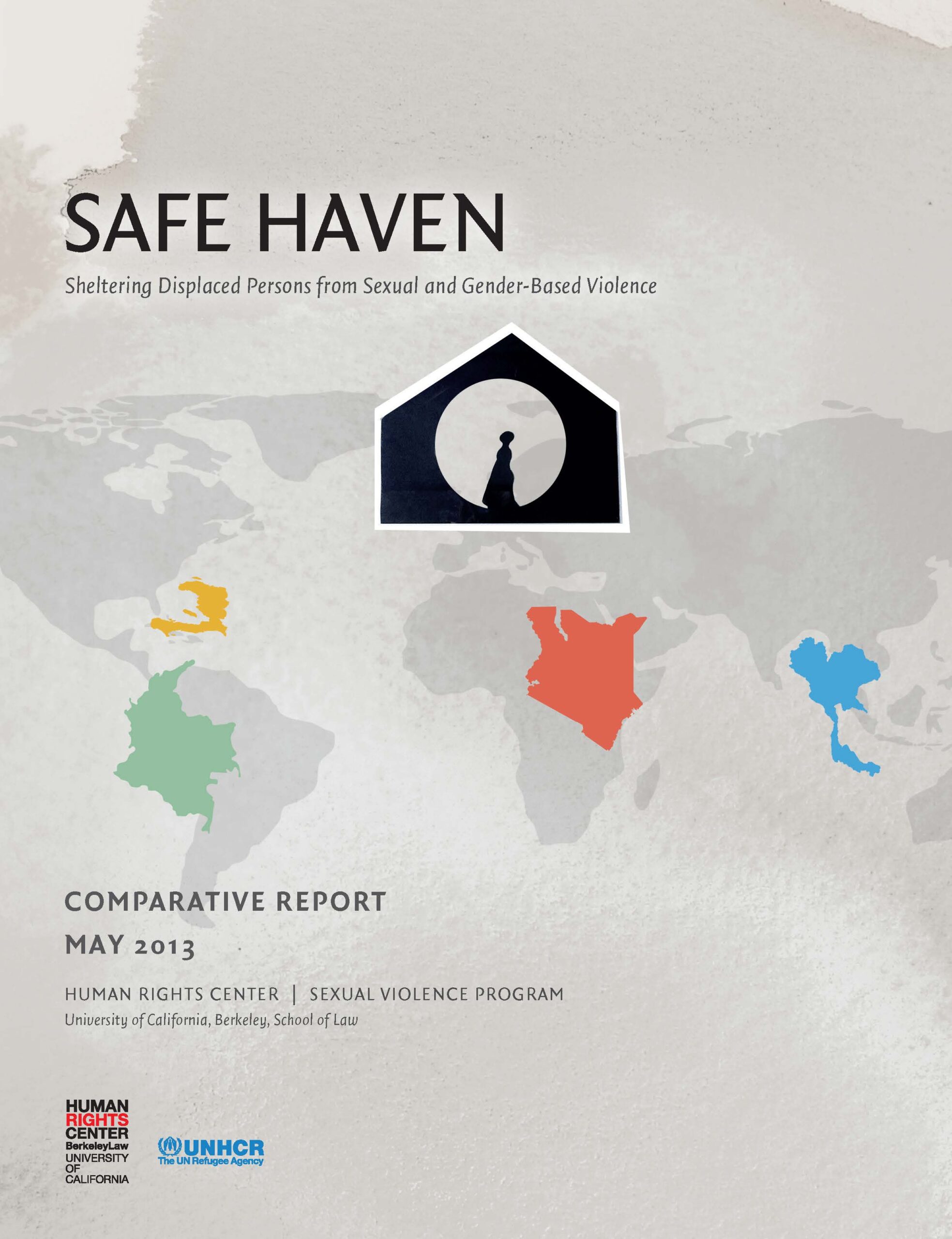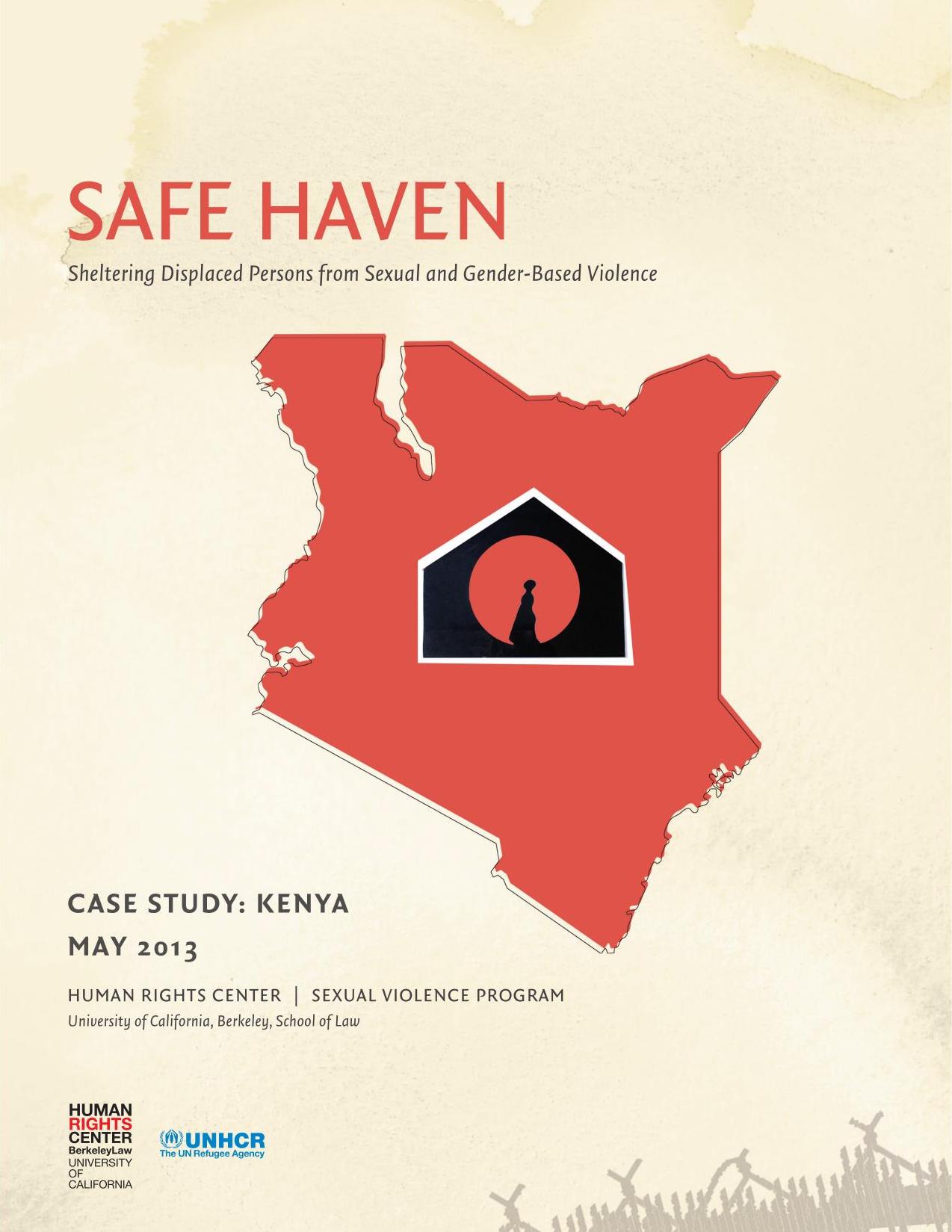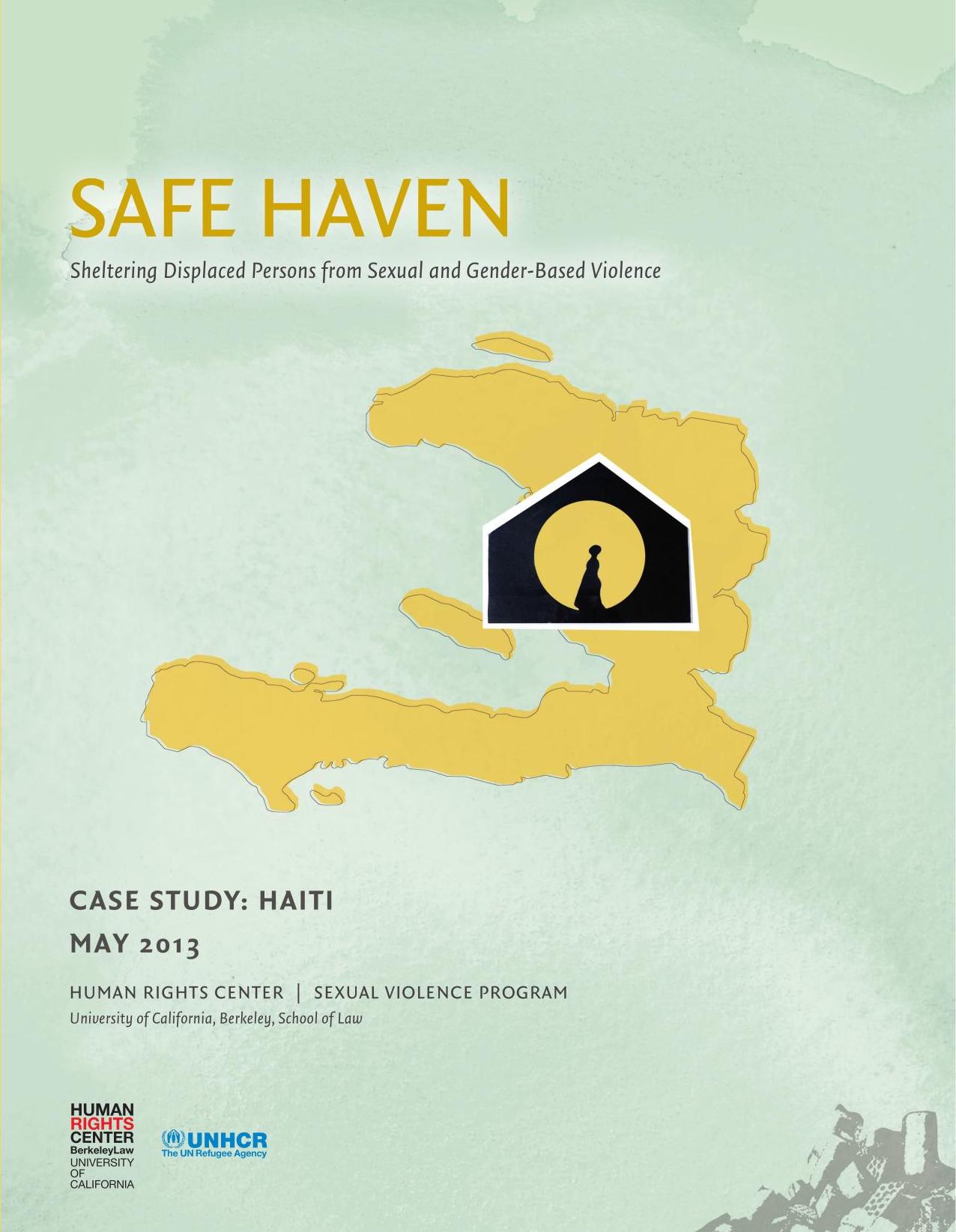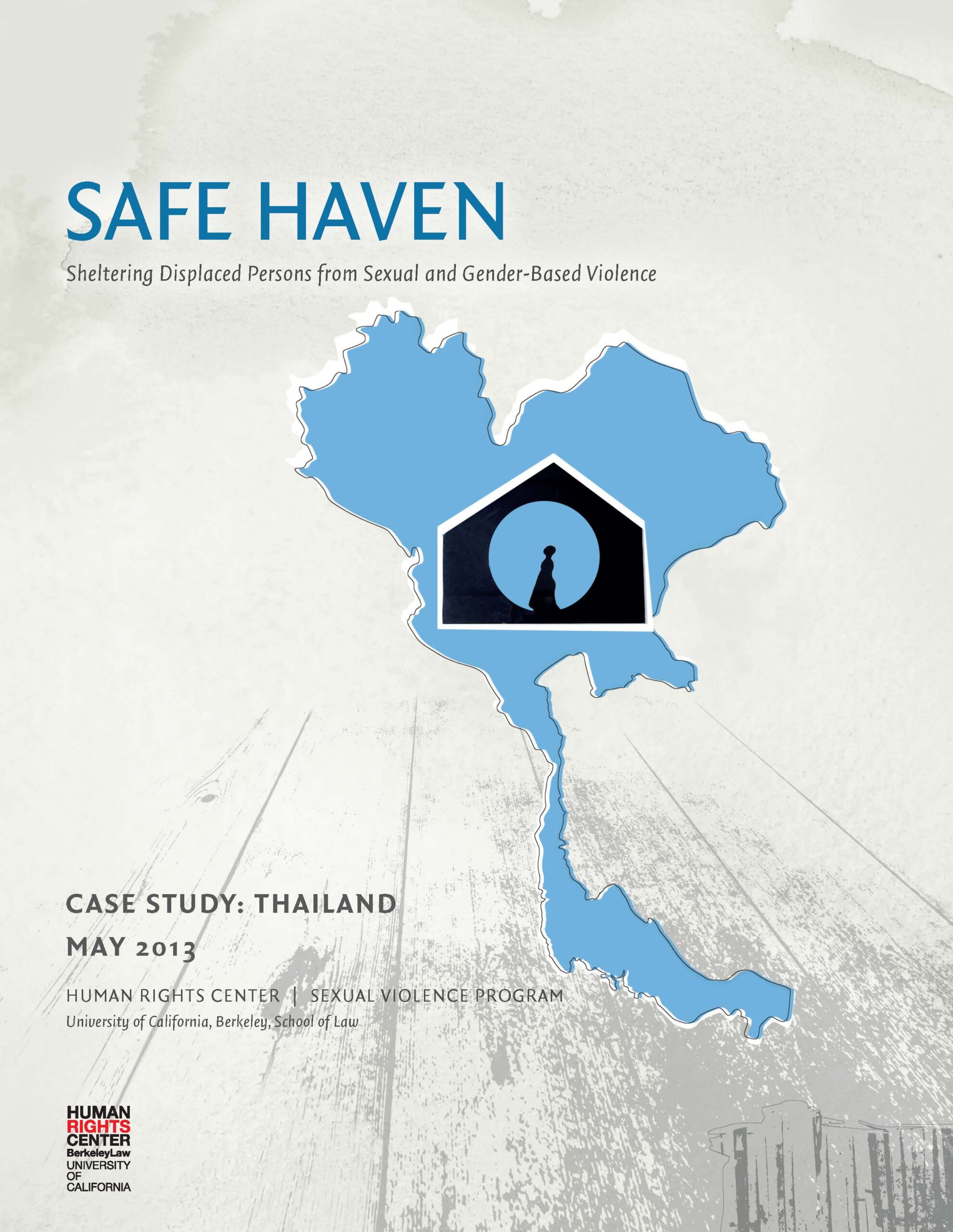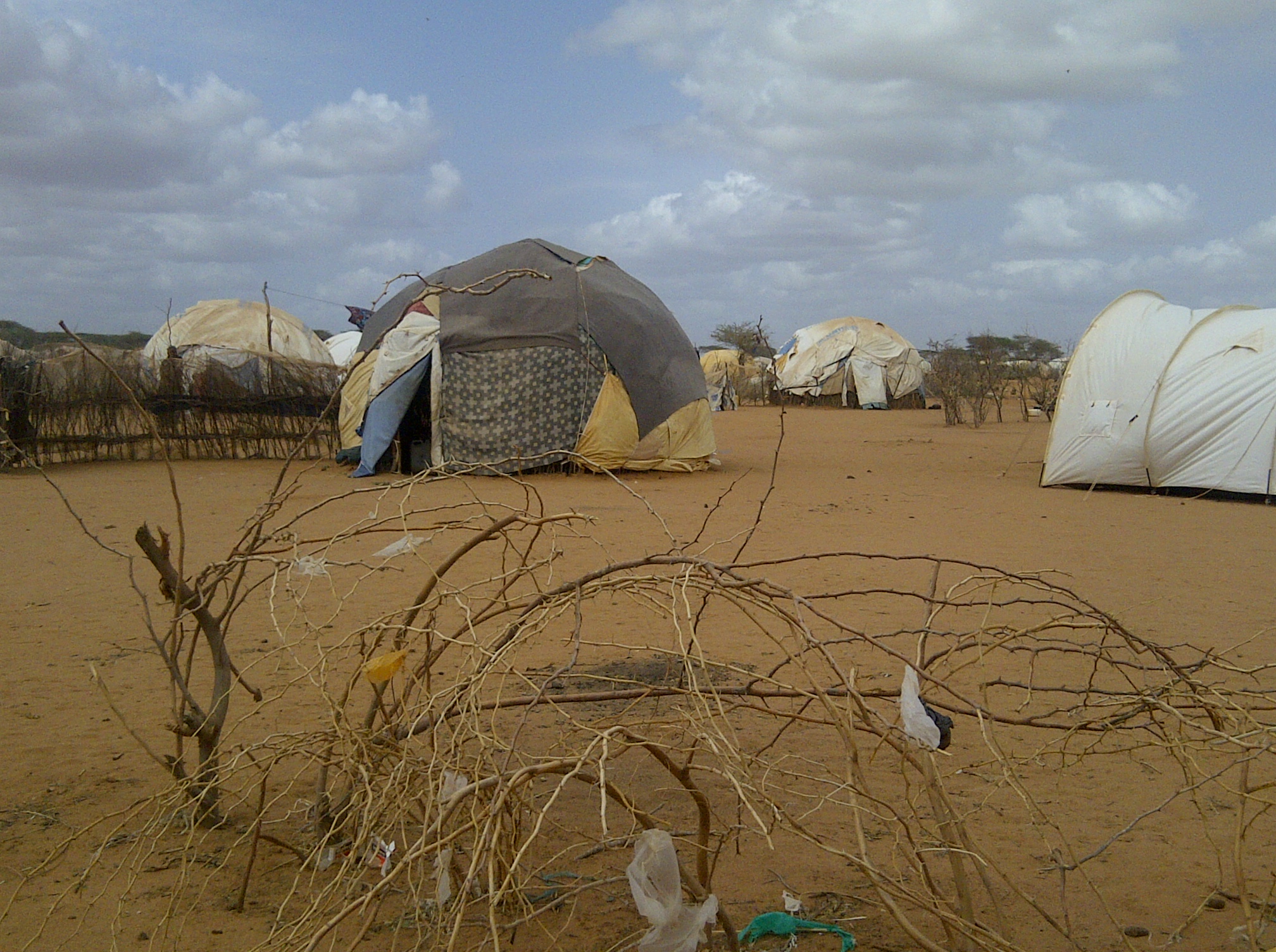Sheltering Displaced Persons from Sexual and Gender-Based Violence
Summary
Men, women and children risk sexual and gender-based violence (SGBV) in situations of conflict and emergency and during the process of flight. Even once they are settled, in displacement camps or urban areas, their individual insecurity often increases, due to factors such as, for example, the breakdown of family and community ties, shifting gender roles, and limited access to resources, police protection and adequate housing. The health and psychosocial needs of refugees and internally displaced persons (IDPs) fleeing SGBV can also be urgent and complex, resulting from the individual or collective harms they have suffered. Yet guidance on the provision of safe shelter to those fleeing SGBV is surprisingly limited. The Inter-Agency Standing Committee (IASC) Guidelines for Gender-Based Violence Interventions in Humanitarian Settings offer the most detailed guidance.1 However, their brief discussion of safe shelter focuses only on camp settings, and lacks concrete examples of possible models and of ways to extend protection to marginalised groups. To address this gap, in late 2011 the Sexual Violence Program of the Human Rights Center at the University of California, Berkeley, undertook the ‘Safe Haven’ study of safe shelters serving refugees, IDPs and other forced migrants in four countries: Colombia, Haiti, Kenya and Thailand. The individual safe shelter programmes included in the study serve either adult survivors of SGBV or adults and children combined.
